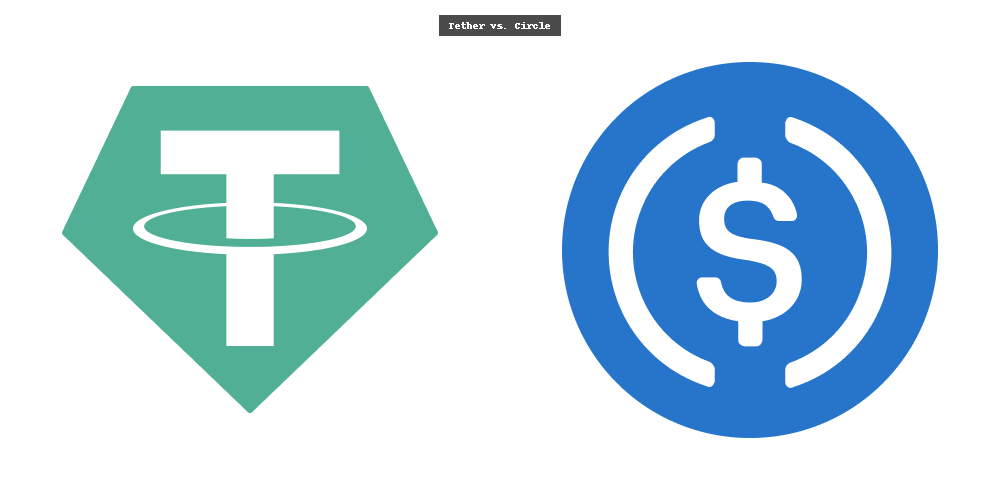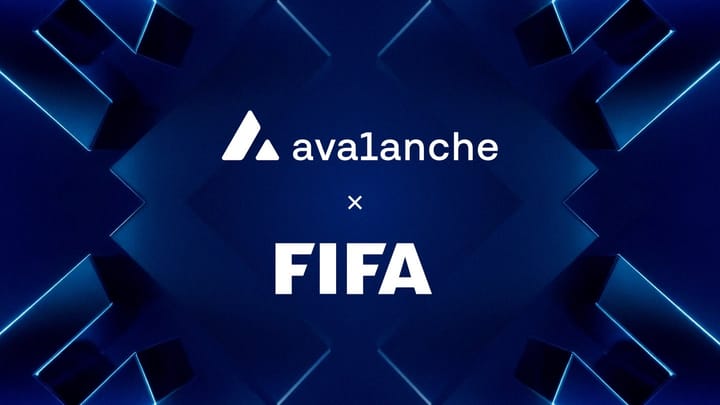Wellgistics Deploys XRP Ledger Payments in U.S. Pharmacies

A quick snapshot
Wellgistics Health (NASDAQ: WGRX) quietly rolled out an XRP Ledger–based payments program this month that now covers more than 6,500 independent U.S. pharmacies, with integrations handled via pharmacy ERP partner RxERP. The company bills the program as a way to move money instantly between pharmacies, distributors and (soon) manufacturers, while reducing traditional banking delays and interchange costs. Wellgistics also frames the move as part of a broader treasury and capital strategy that leans on XRP for on-demand liquidity. SECCointelegraph
This is notable: healthcare payments are conservative for reasons that should be obvious—privacy, compliance, and patient safety. That makes a public blockchain deployment in this space worth a close look.
Why pharmacies want faster settlement
Independent pharmacies run extremely thin margins and depend on reliable cash flow. Today they pay suppliers by ACH, card rails, or net-30 terms—options that can carry fees, float, and reconciliation headaches. Using XRP Ledger for settlement can address three practical pain points:
- Speed: On-chain settlement (or an on-chain proxy to fiat settlement) can cut settlement time from days to seconds, improving cash flow and reducing working capital needs.
- Cost: XRP Ledger’s low per-transaction cost compares favorably with card rails and cross-bank wires—helpful for the high-frequency, low-ticket world of retail prescriptions.
- Transparency: Immutable settlement records reduce reconciliation effort and payment disputes between pharmacies and distributors. CointelegraphAInvest
Wellgistics’ pitch is not vaporware: the firm is already integrated into pharmacies’ operations via RxERP, which simplifies adoption for point-of-sale and back-office teams. Nasdaq
How the integration works—high level, not a spec sheet
From the public materials, the typical flow looks like this:
- Pharmacy places an order through Wellgistics/RxERP as usual.
- Payment instruction is generated by the ERP and routed to Wellgistics’ settlement engine.
- On-chain step: an XRP transaction (or a ledger-anchored instruction) moves value or a value claim between custody layers.
- Off-chain settlement leg: fiat settlement, custody transfers, or credit adjustments are reconciled to match on-chain receipts—logging the proof of settlement in both systems.
Crucially, Wellgistics says the system supports real-time encrypted tracking and auditing while preserving patient confidentiality. The SEC filing and press materials emphasize that the platform was developed with HIPAA and AML considerations in mind. SEC
HIPAA and patient privacy: how they say they handle it
This is the million-dollar question. Healthcare payments inevitably touch patient-sensitive workflows (claims, Rx info, insurance). Wellgistics’ public statements stress that no protected health information (PHI) is written to the public ledger; instead, payment proofs and transactional metadata are used for reconciliation while PHI stays in encrypted ERP systems. They also say the solution offers exportable audit trails for compliance teams. SEC
In practical terms, that means:
- Keep PHI off-chain. Only payment tokens, receipts, or hashed references go on the ledger.
- Use strong encryption and key management for any pointers or receipts that must be verifiable.
- Control access via permissions in the ERP and custody layers so auditors can get what regulators need without publishing PHI.
Those are straightforward principles—but execution matters. Implementing airtight separation between payment proofs and PHI, and proving that separation to auditors and regulators, will determine whether this is durable or merely experimental.
AML, custody, and regulatory hygiene
Healthcare is a regulated vertical on multiple fronts. Wellgistics’ public materials name AML screening, KYC, and enterprise custody partners as part of the rollout. That’s sensible: to get mainstream adoption, pharmacies and manufacturers need assurance that counterparties are vetted and funds are held with insured custodians, not free-wheeling hot wallets. SECAInvest
Expect these operational guardrails to matter most:
- Custodial insurance and cold-storage practices for XRP holdings.
- Automated sanctions and AML screening built into payment rails.
- Reconciliation APIs that satisfy pharmacy accounting systems and third-party auditors.
Financial & operational upside—and some real risks
Upside: faster cash conversion cycles for pharmacies, fewer returned checks, potentially better pricing from distributors who no longer have to fund days of receivables. For Wellgistics, token-based liquidity tools can lower treasury costs and create new programmatic settlement products. There’s also a halo effect: faster payment cycles help independent pharmacies compete with big chains. CointelegraphAInvest
Risks: volatility (if a program uses on-balance XRP exposure), custody failure, regulatory pushback, and the perennial operational risk of integrating new rails into legacy accounting and healthcare workflows. Even if PHI isn’t on-chain, mistakes in implementation could create audit findings or privacy incidents. And early adopters often face user training and technical debt.
Wellgistics’ earlier statements indicate they plan to lean on fiat settlement rails or custodial layers for volatility management, and they’ve signaled treasury uses of XRP to provide on-demand liquidity—so the firm is trying to strike a pragmatic balance. CoinDeskSEC
Bigger picture—why this matters beyond pharmacy counters
Healthcare is conservative for a reason: patient outcomes and privacy. If this rollout holds up—if it truly reduces costs, speeds settlements, and passes HIPAA/AML scrutiny—it could become a template for other healthcare payments: claims reconciliation, provider settlements, DTP (direct-to-patient) reimbursements, and even cross-border manufacturer payments. Wellgistics already hints at manufacturer onboarding and DTP pilots as next steps. Nasdaq
It’s also a reminder that some blockchain use cases are pragmatic and boring: moving money faster and cheaper between known parties. When done right, that’s valuable.
Takeaways for practitioners
- Separation is everything. Keep PHI out of the ledger; publish only verifiable payment proofs. SEC
- Custody + compliance > novelty. Pharmacies will adopt only if custodians, AML screening, and auditors sign off. AInvest
- Start small, prove ROI. Focus on inventory payments and supplier settlement before touching patient-facing reimbursements. Cointelegraph
- Watch the rollout. If the manufacturers step in and DTP pilots scale, this will move from curious pilot to industry signal.
Conclusion
Wellgistics’ XRP Ledger rollout is not a flashy consumer gimmick. It’s a pragmatic application of blockchain plumbing to a cash-flow problem that pains thousands of small businesses—independent pharmacies. The technical parts (XRP speed, low fees) are the easy sell. The hard part will be proving compliance, custody, and operational reliability in a regulated space where mistakes carry real patient- and business-level consequences.
If Wellgistics gets this right, it could quietly reshape how parts of healthcare pay each other. If it stumbles on privacy, custody, or regulatory grounds, it’ll be a cautionary tale about rolling out public-ledger tech in sensitive industries. Either way, it’s one of the clearest real-world tests we’ve seen of blockchain meeting healthcare—and we’ll be watching the audit reports closely. SEC
Internal Mitosis Links & Glossary References
- Bitcoin
- Blockchain
- Cryptocurrency
- Mitosis Core: https://university.mitosis.org/mitosis-core
- Governance: https://university.mitosis.org/governance
- Glossary: https://university.mitosis.org/glossary/
- Ecosystem Connections: https://university.mitosis.org/ecosystem-connections



Comments ()